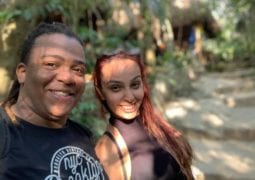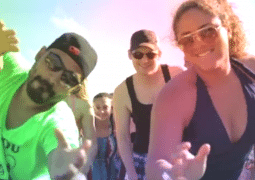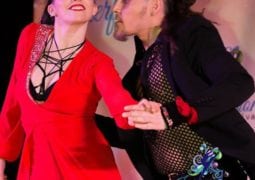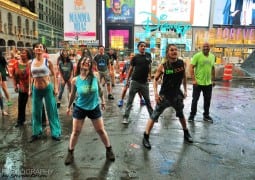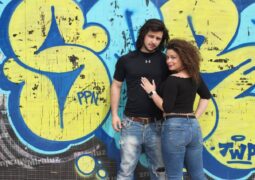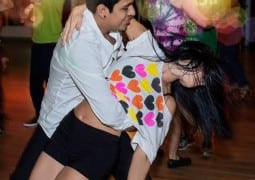Action Sports Brand JSLV Partners With Zouk Artist Dadinho
Spotlight & Trends
2,890 views
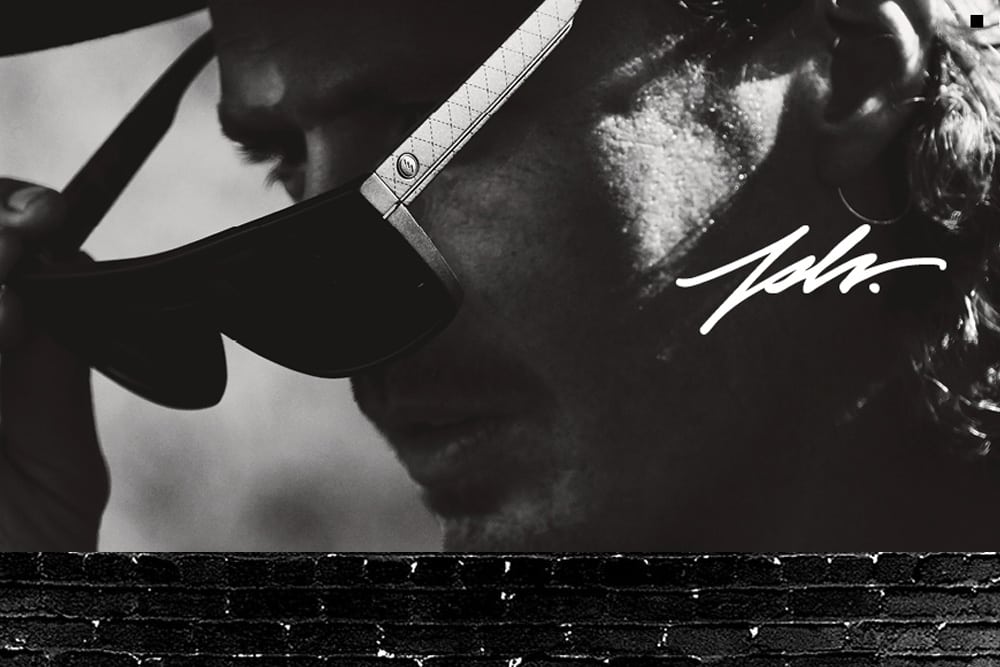
(texto abaixo em português)
Just announced, Jefferson Dadinho may be one of the first zouk artists to officially represent a major brand. Dadinho will be representing JSLV and releasing a line. JSLV is a major action sports brand with distribution in the US, Europe and Japan.
Acaba de ser anunciado, Jefferson Dadinho pode ser um dos primeiros artistas Zouk a representar oficialmente uma grande marca. Dadinho estará representando JSLV e lançando uma linha. JSLV é uma das principais marcas de esportes de ação com distribuição nos EUA, Europa e Japão.
www.JSLV.com
About: Jessica Carro
You may also like...
Sorry - Comments are closed


